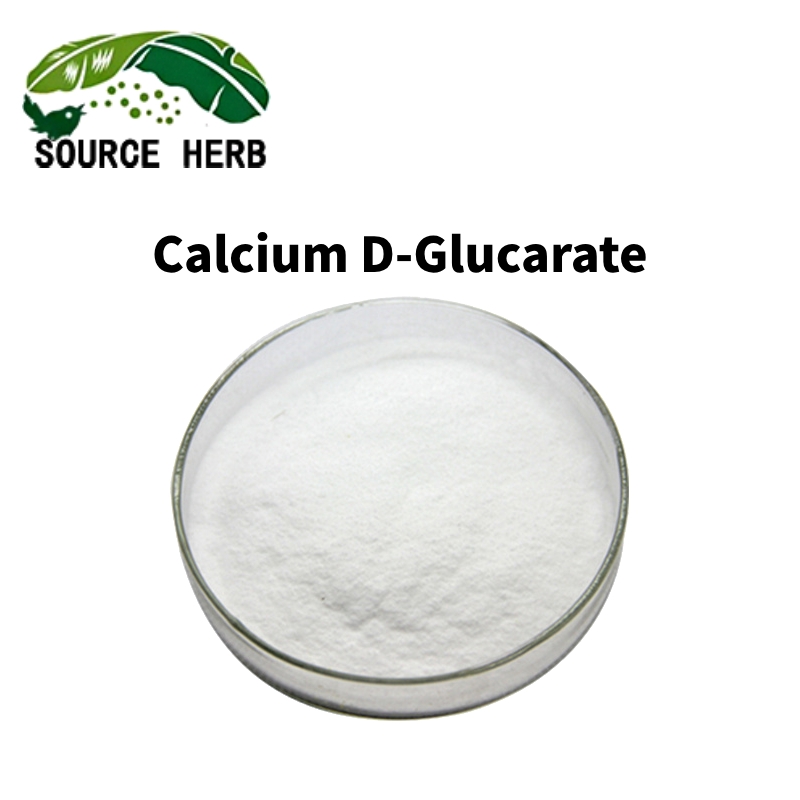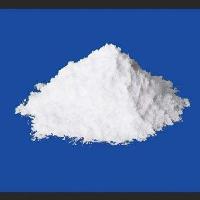-
Categories
-
Pharmaceutical Intermediates
-
Active Pharmaceutical Ingredients
-
Food Additives
- Industrial Coatings
- Agrochemicals
- Dyes and Pigments
- Surfactant
- Flavors and Fragrances
- Chemical Reagents
- Catalyst and Auxiliary
- Natural Products
- Inorganic Chemistry
-
Organic Chemistry
-
Biochemical Engineering
- Analytical Chemistry
-
Cosmetic Ingredient
- Water Treatment Chemical
-
Pharmaceutical Intermediates
Promotion
ECHEMI Mall
Wholesale
Weekly Price
Exhibition
News
-
Trade Service
Ancitabine hydrochloride, also known as 5-fluorodeoxyuridine monophosphate (FUdR), is a synthetic compound that is widely used in the treatment of cancer.
It is primarily used to treat leukemia and lymphoma, and is often used in combination with other chemotherapy drugs.
Ancitabine hydrochloride is a synthetic derivative of the naturally occurring nucleoside uridine.
It is classified as an antimetabolite, meaning that it interferes with the normal metabolism of cells, leading to the suppression of DNA synthesis and cell division.
This makes it an effective cancer treatment, as it is able to inhibit the growth and division of cancer cells.
There are several synthetic routes that can be used to synthesize ancitabine hydrochloride.
One common route involves the reaction of 5-fluoroorotic acid with uracil to form 5-fluoro-2'-deoxyuridine-5'-monophosphate (FdUMP).
This intermediate is then converted to FUdR via hydrolysis and phosphorylation.
Another synthesis route is through the reaction of 5-fluoro-2'-deoxyuridine with 5-ethyl-2'-deoxyuridine-5'-monophosphate to form a bis-FUdR intermediate, which is then hydrolyzed to produce ancitabine hydrochloride.
The synthesis of ancitabine hydrochloride is a multi-step process that requires the use of a variety of chemical reagents and equipment.
It is typically carried out in a laboratory setting by trained chemists and technicians.
The process is carefully monitored to ensure that the final product meets the required purity and quality standards.
The use of ancitabine hydrochloride in cancer treatment has been shown to be effective in a number of clinical trials.
It is often used in combination with other chemotherapy drugs, such as cytarabine, to enhance its effectiveness.
However, it is also associated with a number of side effects, including nausea, vomiting, and bone marrow suppression.
As a result, it is typically used in patients who have not responded to other cancer treatments or who have a high risk of relapse.
Despite its potential side effects, ancitabine hydrochloride remains an important cancer treatment option, particularly in the treatment of leukemia and lymphoma.
As research continues, scientists are working to develop new and more effective synthetic routes to this important drug, as well as new methods for delivering it to cancer cells.
The development of new and improved treatments for cancer remains a top priority in the field of oncology, and the use of ancitabine hydrochloride is an important step in this ongoing effort.







